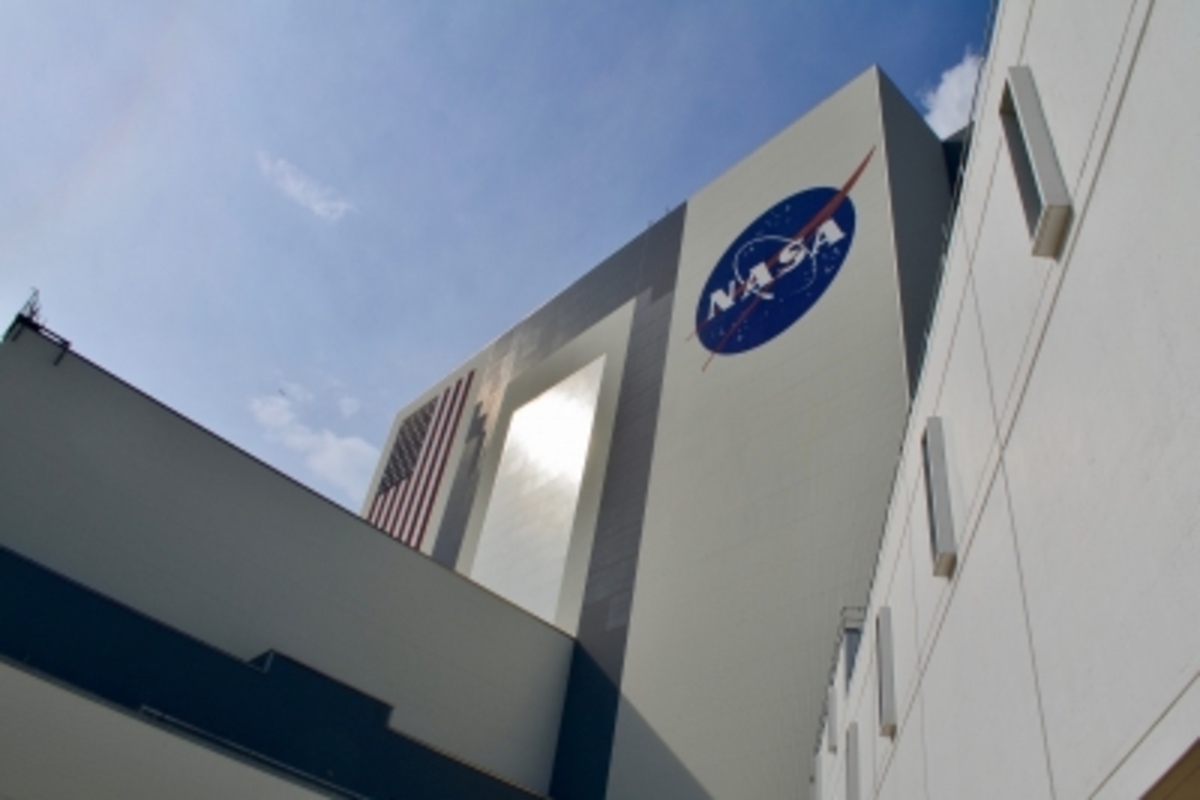Debris of an impending Chinese shuttle fell back on Earth, Saturday, but NASA says the People’s Republic of China did not share ‘trajectory specific’ information vital to mark the location of the debris and impact point.
Space watchers predicted that the majority of the rocket will disintegrate by the time it plunges into Earth’s atmosphere but there will be large-enough pieces of debris to make fiery re-entries that could rain anywhere over an area of 2,000 km (1,240 miles) long and by about 70 km (44 miles) wide.
Advertisement
Although oceans cover the majority of Earth’s surface, and in most probabilities retreating space debris fall in the waters, there are odds of them hitting populations which is why tracking their retreating trajectory is important.
The debris of China’s space shuttle called the Long March 5B (CZ-5B) re-entered the Indian Ocean at approx 10:45 am MDT on Saturday, with further reports awaiting from China, U.S Space Command said in a tweet.
The Long March 5B is China’s biggest rocket which made its third flight with this launch. The space shuttle is critical to ferry sophisticated instalments to China’s under-construction space station.
Following Saturday’s incident, NASA Administrator Bill Nelson said that spacefaring nations must uphold the established best practices and “do their part to share this type of information in advance to allow reliable predictions of potential debris impact risk.”
“Doing so is critical to the responsible use of space and to ensure the safety of people here on Earth.”
In 2020, fragments of a unmanned Chinese astronaut capsule fell on the Ivory Coast, destroying a number of structures there, although no injuries were reported.
This time China said earlier last week that it will closely monitor the falling debris, assuring that there is little risk involved in it.
China launched its Long March shuttle carrying its Wentian module into orbit last Sunday with the lab module to be attached to its space station Tiangong.
Space shuttles typically send their large booster stages to Earth after they’re jettisoned. But in the case of this mission, a significantly huge portion of the rocket weighing up to 22 tonnes reportedly accompanied the rocket all the way to the space station (orbit), The New York Times explained.
But due to friction between the rocket and air in the upper atmosphere, the rocket lost altitude in a short time and made an “uncontrolled re-entry” to Earth.
Predictions of potential re-entry were already in place, which became more prominent in the last few days. But there was no clarity as to where the debris might fall—in the Indian Ocean, Atlantic or Mexico.
An average of 20 to 40% of a rocket or satellite survives re-entry to Earth, meaning that the Chinese booster’s 10,000 to 20,000 pounds have touched down on Earth’s surface.
The entire main-core stage of the rocket, which weighs 22.5 tonnes (approximately 48,500 lb), should not have been allowed to reenter the atmosphere in an uncontrolled manner, Aerospace Corp, a government-funded nonprofit research institute close to Los Angeles said in a statement to Reuters.
